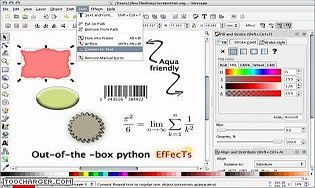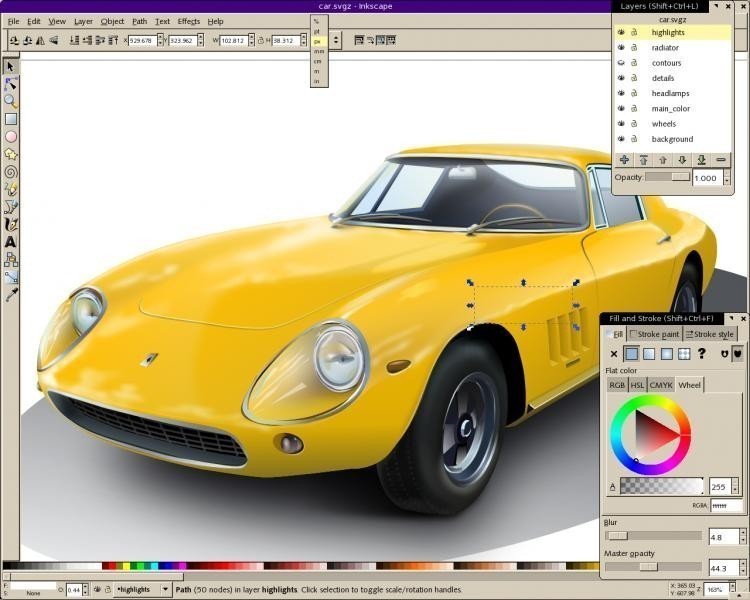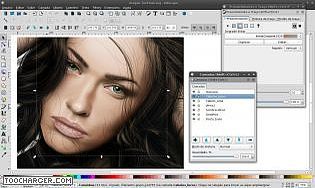
The latter is likely easier and more likely for them to add. To be able to do it in the future, the Inkscape developers would either need to add support for dynamically added portable fonts (those added via Windows' AddFontResource API) or add the ability to look in an alternate directory for additional fonts. Sadly, Inkscape does not have a similar method to add an additional path for Inkscape to pull fonts from.

The GIMP Portable launcher automatically configures this for the platform's portable font directory on each machine so that GIMP can use the platform's portable fonts even though GIMP itself wouldn't see them being dynamically added. Within GIMP, however, you can set a specific directory for GIMP to look in for additional fonts at the app level. Some other apps, especially cross-platform apps, have this same limitation. Apparently it will not recognize fonts that are dynamically added to a running Windows instance, only fonts specifically installed to the Windows\fonts directory.

Work fine.I've looked into it and Inkscape is incompatible with portable fonts. The PDF export dialog offers many options. Limit export to object with ID: Only export the specified object. Output page size: Lets you choose which part of the drawing to export to PDF.īleed/margin: Increases the size of the exported area by adding a margin of the selected width. Common values are 96 dpi for screen display, and 300 or 600 dpi for printing. Resolution for rasterization (dpi): The higher the value, the more fine-grained the ‘photos’ of filtered objects will be. If you do not select this option, objects that are filtered will look different in the PDF. That way, the drawing will still look the same in a PDF. This option tells Inkscape to make a ‘photo’ of any objects/areas in the drawing that have a filter.

Rasterize filter effects: Blurs, shadows and any other filters cannot be used in PDF.

If you’re writing on a thesis or another scientific document, and know how to work with LaTeX, you can make use of the third option Omit text in PDF and create LaTeX file. When the text is mostly decorative (as in a logo), it’s better to convert the text to paths. Text output options: If your text needs to be searchable in the PDF and the font license allows you to embed the font, choose to Embed fonts. If no specific version is required by the persons who will get the PDF file from you, you can leave it at the default 1.5. Restrict to PDF version: Current choices are 1.4 or 1.5. PDF file format supports a different set of features from the SVG file formatĪ dialog will then allow you to set the following options: Never save as PDF only, but always keep an SVG file, because the


 0 kommentar(er)
0 kommentar(er)
